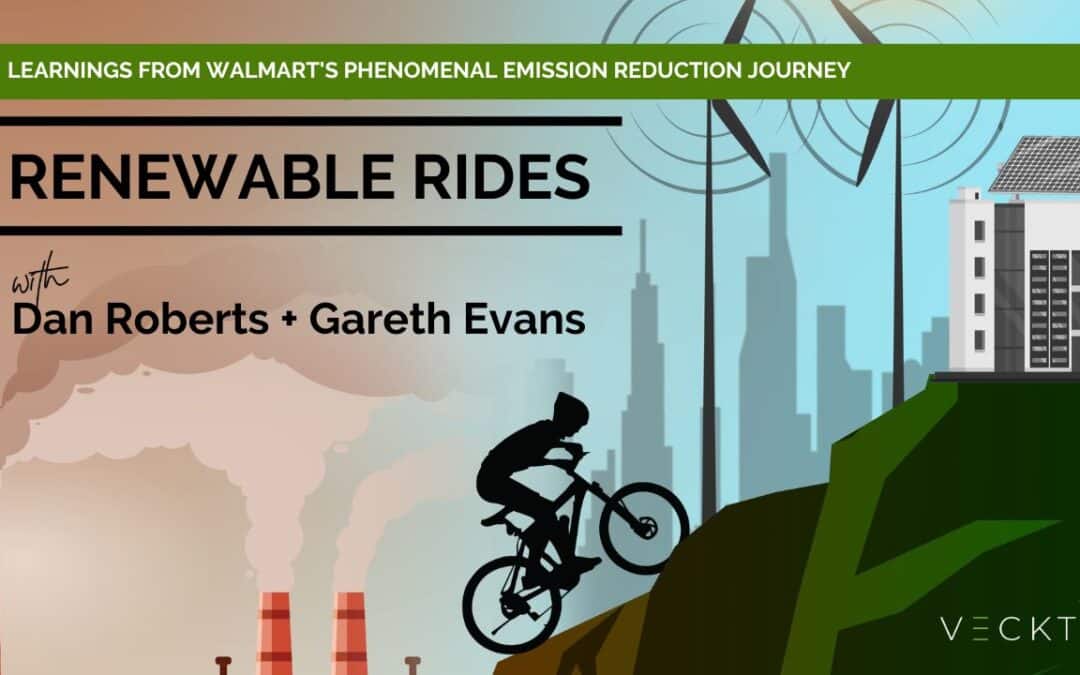In the ever-evolving landscape of sustainability, one chain giant has achieved a remarkable feat: Walmart has slashed its emissions to a mere fraction of the USA’s annual CO2 output from its supply chains. Today, we delve into the strategy behind this monumental accomplishment and uncover the concept known as Scope 1, 2 and 3 emissions. Discover how Walmart transformed its sustainability efforts into a profitable venture without compromising its bottom line.
What’s truly exciting is that Walmart serves as a beacon, proving that sustainability and profitability can go hand in hand. Through innovative initiatives like deploying onsite energy systems at hundreds of facilities worldwide, Walmart not only reduced emissions but also bolstered its revenue. As other businesses are urged to follow suit, those leading the charge stand to gain a competitive edge, attracting top contracts by demonstrating their commitment to sustainability. Listen in as we explore the shifting dynamics of corporate responsibility and the immense opportunities that lie ahead for businesses willing to embrace sustainability as a cornerstone of their operations.
Listen To The Episode:
What You’ll Learn In Today’s Episode:
- How much Walmart was able to reduce its emissions.
- What Scope 1, 2 and 3 emissions are.
- How Walmart was able to achieve such a huge milestone.
- The value in aligning with science-based targets.
- Why sustainability doesn’t have to come at the expense of profitability.
- The opportunity this provides for other businesses to follow suit.
Ideas Worth Sharing:
- “The best businesses in the world will be the ones initiating action on emissions instead of getting pushed by buyers. As a result, they’re going to attract and retain the best contracts in the world by being the most sustainable, the most reliable and the most profitable businesses that they can possibly be.” – Gareth Evans
- “A part of Walmart’s success has come from deploying onsite energy systems at over 600 of their facilities globally to efficiently reduce Scope 2 emissions. They’re also able to lower their operating costs and increase their operational resilience.” – Dan Roberts
- “For companies, Scope 3 emissions are typically the largest portion – in some cases representing 99% of their overall emissions. And so businesses can work really hard to reduce Scope 1 and Scope 2, but they’re left with this huge chunk under Scope 3. In the last few years, we’ve seen more and more VECKTA customers and businesses doing a really good job at starting to reduce the first two buckets, but primarily because they’re being driven to do that by the people that they want to sell to.” – Gareth Evans
Resources In Today’s Episode:
Share the Love:
If you like the Renewable Rides podcast…
Never miss an episode by subscribing via Apple Podcasts, Spotify, Google Podcasts, Amazon Music, or by RSS!


